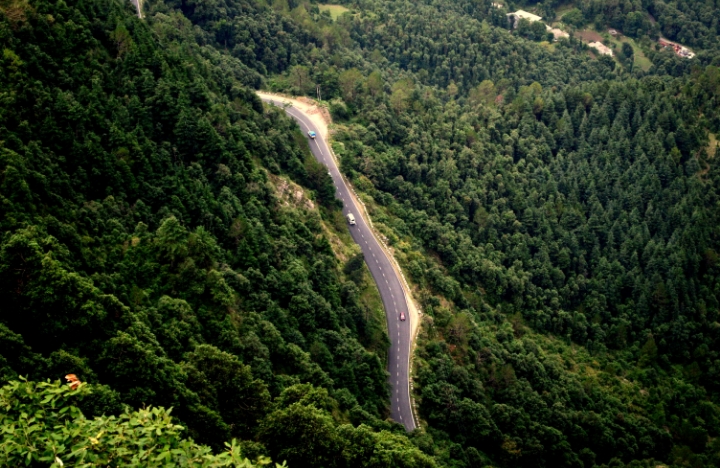
Forest Tree Protection and Wildlife Care in Shimla – The Queen of Hills
Forest Tree Protection and Wildlife Care in Shimla – The Queen of Hills
Shimla, fondly known as the Queen of Hills, is blessed with lush forests, rich biodiversity, and breathtaking landscapes. The region’s forests are not only a source of beauty but also a shield against climate extremes, soil erosion, and water scarcity. They act as natural healers for the environment and humanity, playing a vital role in the ecological balance of the Himalayas.
1. Forests – Nature’s Protectors and Healers
The forests of Shimla are predominantly composed of deodar (Cedrus deodara), pine (Pinus roxburghii), oak (Quercus leucotrichophora), maple, and rhododendron. These trees:
Prevent soil erosion by holding the soil with deep root systems.
Regulate climate by absorbing CO₂ and releasing oxygen.
Maintain water resources by protecting catchment areas of rivers and springs.
Support mental and physical well-being, as forest air is rich in phytoncides—natural plant compounds that have healing effects on human health.
2. Wildlife Sanctuaries in and around Shimla
Shimla and its surrounding districts are home to several wildlife sanctuaries that preserve Himalayan flora and fauna:
Kiala Forest Sanctuary – Known for leopards, barking deer, and pheasants.
Shilli Sanctuary – Rich in Himalayan black bears and rare bird species.
Chail Sanctuary – Famous for wild boars, sambhar, and Himalayan langurs.
Daranghati Sanctuary – High-altitude sanctuary with musk deer, monal pheasant, and diverse wildflowers.
These sanctuaries provide safe breeding grounds, regulate wildlife migration, and prevent human-wildlife conflicts when properly managed.
3. Flora and Fauna of the Region
Flora: Himalayan cedar, blue pine, ban oak, horse chestnut, wild rose, apricot, and ferns.
Fauna: Himalayan black bear, leopard, red fox, goral, barking deer, flying squirrel, and over 100 species of birds including the Himalayan monal and koklass pheasant.
4. Wildlife Care in the Hills
The Himachal Pradesh Forest Department, NGOs, and local communities collaborate on:
Rescue and rehabilitation of injured or displaced animals.
Anti-poaching measures and regular patrolling of forest belts.
Awareness campaigns on coexistence with wildlife.
Habitat restoration through plantation drives.
5. The Hidden Danger – High-Risk Trees near Human Settlements
While forests are a blessing, certain trees near human colonies—especially those located on steep slopes with 25° to 40° gradients—can become a real threat.
Risk Factors:
Weak root grip due to loose soil.
Heavy monsoon rains causing landslides.
Overweight canopies catching strong mountain winds.
Proximity to roads, schools, and residential areas.
High-Risk Species in Sloped Zones:
Deodar and pine trees near cliff edges or eroded slopes are particularly vulnerable to toppling.
Preventive Measures:
Regular inspection of slope-side trees by forestry experts.
Removal or controlled trimming of dangerously leaning trees.
Plantation of deep-rooted shrubs and grasses to stabilize slopes.
Avoiding illegal construction near natural drainage lines.
6. A Balanced Approach
Shimla’s survival depends on maintaining a delicate balance—protecting forests and wildlife while ensuring public safety from slope-related hazards. Awareness, early risk assessment, and community participation are key to preserving the green crown of the Queen of Hills for future generations.
